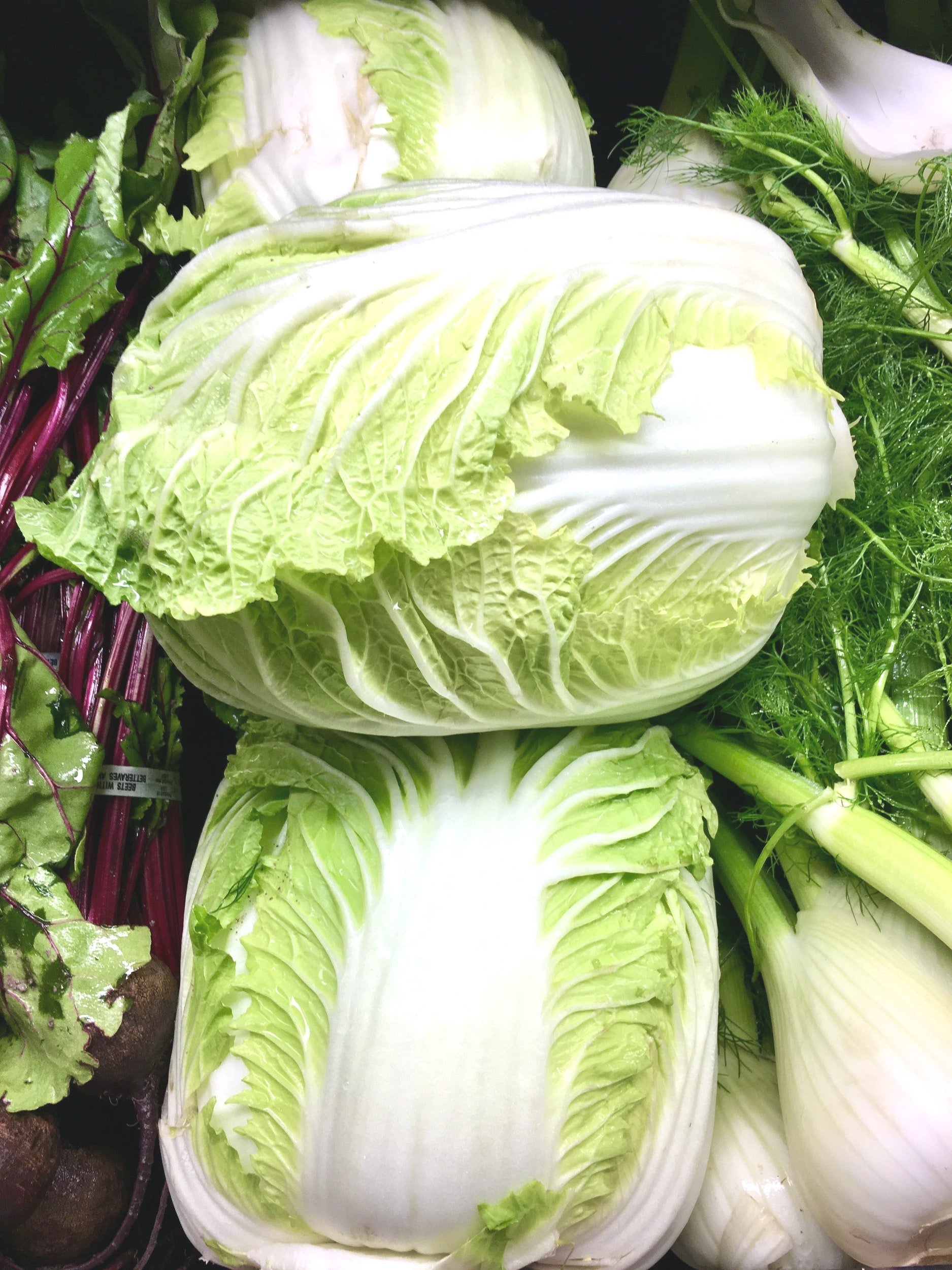
Transition Intelligence - Kimchi Cabbage Production
Challenge
In South Western China, the impacts of chronic climate changes are increasingly evident, with temperature, precipitation, and CO2 concentration being key variables. These changes directly influence the occurrence and intensity of extreme weather events, presenting significant challenges for regional agriculture. Future projections suggest that precipitation extremes related to the monsoon will likely intensify across East, South, and Southeast Asia, leading to greater variability in seasonal rainfall. Counterintuitively, while droughts may become less frequent, they are expected to be longer and more severe, contributing to an overall less stable climate, especially under high-emission scenarios.
The client’s primary crop, Kimchi Cabbage, a cool-season crop, is particularly vulnerable to temperature fluctuations, making it susceptible to the anticipated climatic shifts.
Approach
To address these challenges, we employed our proven three-step process:
Risk Assessment: We first evaluated the physical and transition risks affecting the client’s operations, focusing on the potential impacts of temperature changes, extreme precipitation, cyclonic events, heatwaves, and frost.
Adaptation and Mitigation Planning: Next, we developed a set of adaptation and mitigation strategies to enhance the resilience of the client’s operations and identify opportunities for improvement.
Economic Analysis: Finally, we translated the identified risks and recommended measures into economic terms, providing the client with clear, actionable insights to support decision-making.
Insights
As of 2022, the global climate trajectory points towards a 2.7°C increase in warming, posing substantial risks to agricultural producers like our client. Key physical risks include rising average temperatures, increased heavy precipitation, cyclonic events, heatwaves, and frost. The client’s current practices revealed significant vulnerabilities, particularly due to the limited use of advanced technologies like weather warning systems and precision farming tools for water conservation. Additionally, the lack of insurance coverage exacerbates the financial risks associated with these climatic threats.
Economically, the most critical drivers of potential revenue loss and cost increases are frost, droughts, and extreme precipitation. However, timely adoption of appropriate mitigation measures can substantially reduce these risks.
Recommended Actions
Based on our analysis, we recommend the following high-priority actions to bolster the client’s resilience against climate risks:
Adopt Climate-Resilient Crop Varieties: Transition to cabbage varieties that are more resistant to temperature fluctuations and extreme weather conditions.
Practice Intercropping: Introduce intercropping methods to diversify production and reduce vulnerability to climate impacts.
Implement a Weather Warning System: Utilize advanced weather prediction tools to anticipate and respond to extreme weather events effectively.
Apply for Insurance: Secure insurance coverage to mitigate financial losses associated with unpredictable climate events.
These actions have been identified as the most cost-efficient solutions to address the economic risks posed by climate change, ensuring the client can maintain stable operations in a rapidly changing environment.
